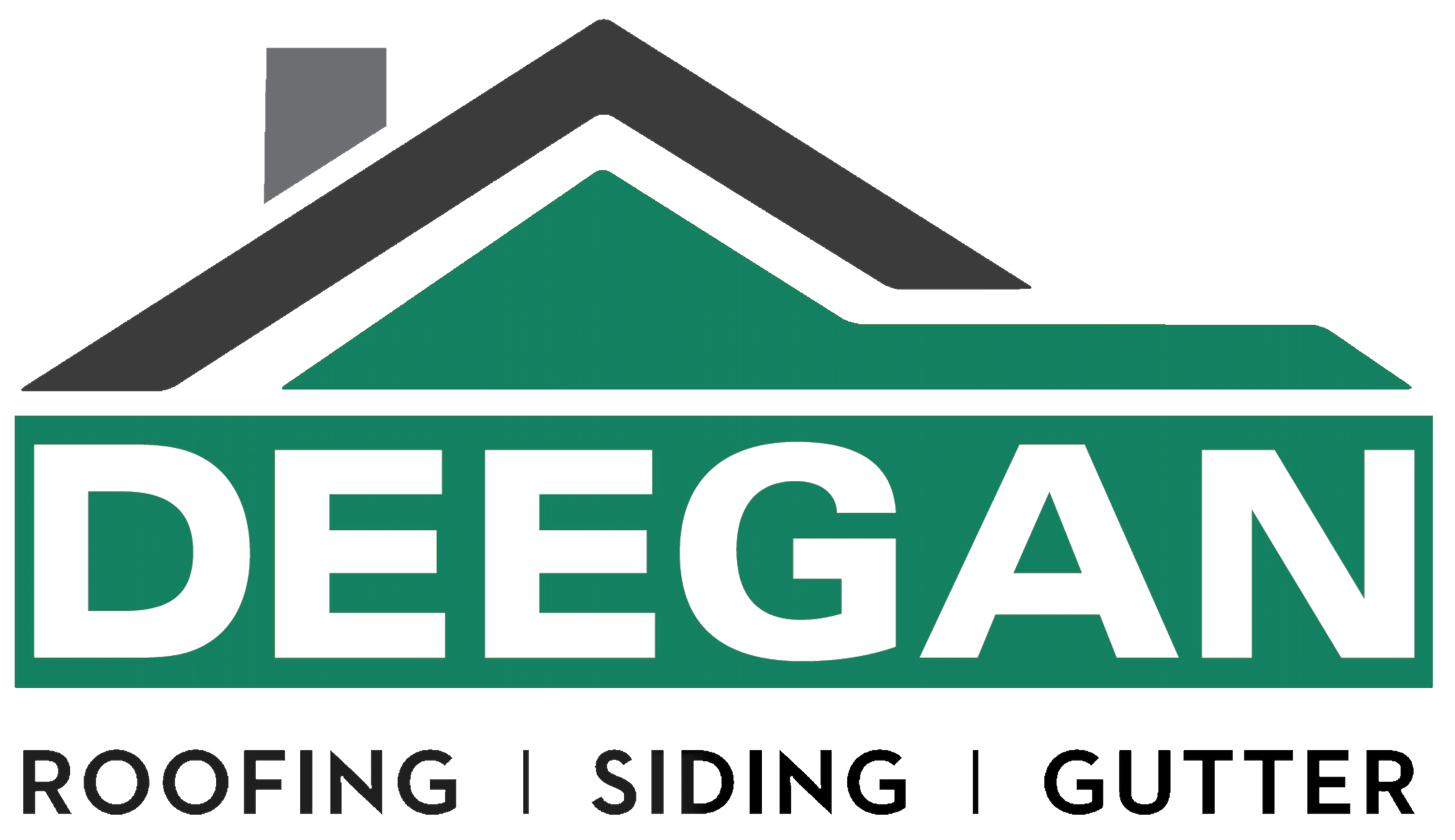A butterfly roof is generally made up of two tandem pieces that meet midway and are angled up in a V-shape. This gives an effect of a butterfly’s wings in flight when seen from the exterior, making it a good choice for modern and contemporary homes. Not all butterfly roofs need their two pieces to meet midway physically; the only thing they need is the two pieces slope inward at a midpoint. Since its invention by Le Corbusier in 1930, the butterfly roof has endured as a dramatic architectural feature.
Butterfly roofs
Butterfly roofs are ideal for homes in arid or desert climates, mainly because their central valley allows for rainwater to be collected easily. Butterfly roofs are also ideal for a modern aesthetic and homes that can take advantage of natural lighting, as the outer edges of the “butterfly” can accommodate larger windows, such as floor-to-ceiling windows. Due to their unique design, butterfly roofs can be difficult to build and maintain, which is why they require solid membranes such as TPO, PVC, EPDM rubber, and metal seams.
History
Popularized in the 1950s, the butterfly roof is an inverted gable whose V-shape resembles that of two lifted wings. We have French architect Le Corbusier to thank for the distinctive feature; in 1930, he proposed it for a Chilean vacation home for heiress and arts patron Eugenia Errazuriz, but she went bankrupt before it could be built. The butterfly roof would become a reality in 1933, however, in Karuizawa, Japan, where Czech architect Antonin Raymond built a home for himself, and his wife based on Le Corbusier’s design—a residence featured by Architectural Record in 1934.
The butterfly roof made its way to the States in 1945 with Marcel Breuer’s Geller House in Lawrence, Long Island. Breuer placed long windows under the roofline to let in light without sacrificing privacy, a key advantage of the butterfly roof. Finally, in 1957, architect William Krisel would propose the design to the Alexander Construction Company, a development company that built over 2,500 homes in Palm Springs, California. From there, the butterfly roof spread through the rest of Southern California.
Famous examples
An abandoned airport terminal at New York’s John F. Kennedy International Airport was reborn as the TWA Hotel, a stylish stay that harkens on the romance of flying when it was still a novelty. Paying homage to the original architecture of the 1962 building designed by architect Eero Saarinen, JFK’s only on-airport hotel is complete with midcentury modern guest rooms, a 10,000-square-foot rooftop deck with pool, and immersive experiences.
A modest, gabled 1965 hut on the outskirts of Guatemala City was transformed into an expansive 4,467-square-foot getaway. Blurring indoors and out, architect Alejandro Paz adhered to the original architectural elements while adding modernized touches. The roof maintains the same angle as the original hut, but reversed, while new modules give the space a new identity. With floor-to-ceiling glazing, the home allows for the residents to take in the Guatemalan forest from all angles.
Once owned by musician, producer, and DJ Moby, this midcentury dwelling in Pound Ridge, New York, was restored to preserve its original architectural elements by David Henken, a disciple of Frank Lloyd Wright. Built in 1956, the two-story home was originally created by renowned local builder Vito Fossella to embrace the wooded landscape with an exterior clad in teak, mahogany, and stone. The roof is tar and gravel.
Contact Us
Family-owned and operated, Deegan Roofing Company has been installing and servicing residential and commercial roofing customers in the New Jersey area for over 30 years. If you are concerned about your roof surviving the upcoming winter weather or are currently experiencing roofing problems, it’s never too late to contact Deegan Roofing to get your roof inspected before winter. Website https://www.deeganroofing.com/ Address: 345 Terrill Rd, Scotch Plains, NJ 07076 Hours: Open 8:30 AM ⋅ Closes 5:30 PM
Phone: (908) 322-6405

